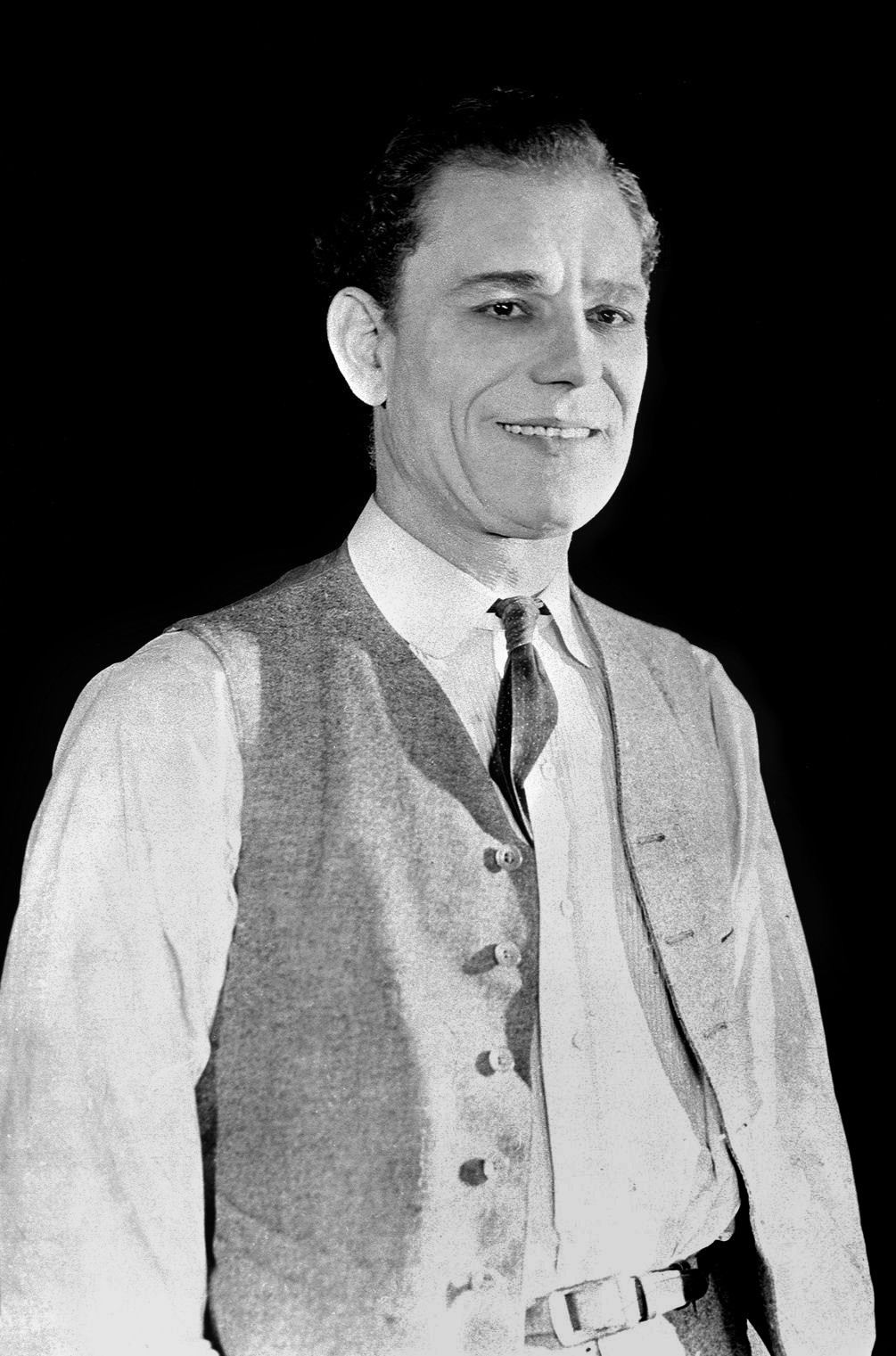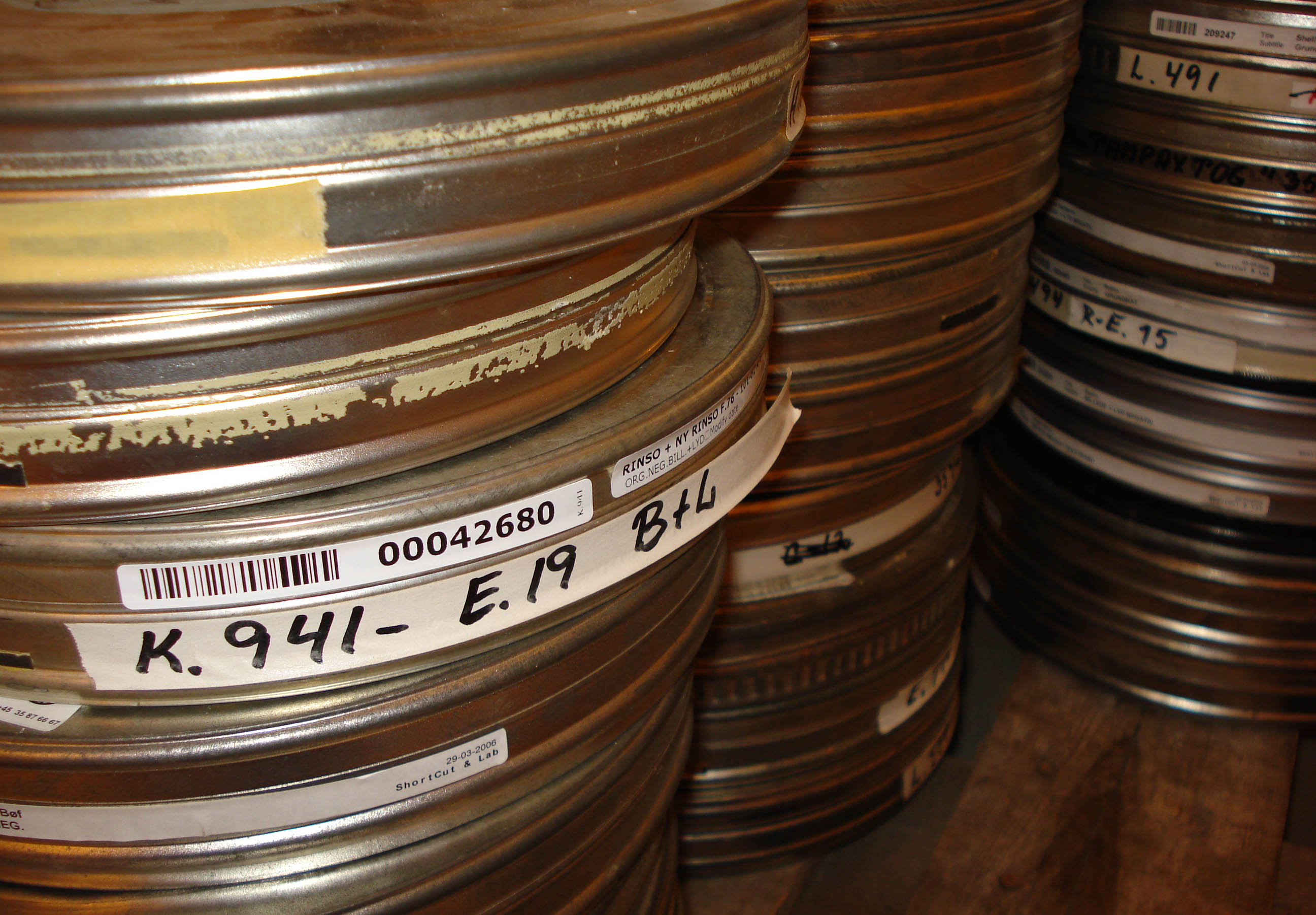|
The House Of Fear (1915 Film)
''The House of Fear'' was a 1915 American silent mystery film based on a story by John T. McIntyre. It was the third and final film in the ''Ashton-Kirk, Investigator'' series, all directed by Ashley Miller and Arnold Daly and starring Daly. This film is presumed lost. Synopsis Grace Cramp (Jeanne Eagels) and her brother Charles (Sheldon Lewis), ask Ashton-Kirk to investigate strange events involving Mexicans that are occurring at their house. Ashton-Kirk learns from information provided by an agent in Mexico that their father had been an engraver who made forged currency plates when in need of money. The siblings' father had forged currency plates for a thief (Charles Kraus) but had never delivered them. The thief's aunt, Miss Hohenlo (Ina Hammer), and her accomplices have been breaking into the father's house to try to find the engraving plates. Ashton-Kirk captures the intruders and destroys the forged plates. Cast *Arnold Daly as Ashton-Kirk *Sheldon Lewis as Charles Cram ... [...More Info...] [...Related Items...] OR: [Wikipedia] [Google] [Baidu] |
Arnold Daly
Arnold Daly (October 22, 1875 – January 13, 1927) was an American actor, playwright, and producer. He was the father of actress and Algonquin Round Table personality Blyth Daly. Biography He was born Peter Christopher Arnold Daly in Brooklyn, New York, the son of Irish parents Joseph J. Daly and Mary Arnold. His father was an importer of wood for use in cabinet construction. After being expelled from four public schools, he finally left parochial school following the death of his father in 1886. He made his first appearance as an actor in ''The Jolly Squire'', 1892. During his career he claimed credit for a hundred plays, although many were either adapted from foreign plays or written by his brother Joseph. He was noted for introducing the early Shaw plays to American audiences, including '' Candida'', ''Mrs. Warren's Profession'' and '' You Can Never Tell''. The play ''Mrs. Warren's Profession'' was closed after a single showing by the authorities due to its depiction o ... [...More Info...] [...Related Items...] OR: [Wikipedia] [Google] [Baidu] |
Counterfeit
To counterfeit means to imitate something authentic, with the intent to steal, destroy, or replace the original, for use in illegal transactions, or otherwise to deceive individuals into believing that the fake is of equal or greater value than the real thing. Counterfeit products are fakes or unauthorized replicas of the real product. Counterfeit products are often produced with the intent to take advantage of the superior value of the imitated product. The word ''counterfeit'' frequently describes both the forgeries of currency and documents as well as the imitations of items such as clothing, handbags, shoes, pharmaceuticals, automobile parts, unapproved aircraft parts (which have caused many accidents), watches, electronics and electronic parts, software, works of art, toys, and movies. Counterfeit products tend to have fake company logos and brands, which results in patent or trademark infringement in the case of goods. They also have a reputation for being lower quality, ... [...More Info...] [...Related Items...] OR: [Wikipedia] [Google] [Baidu] |
Films Based On Short Fiction
A film also called a movie, motion picture, moving picture, picture, photoplay or (slang) flick is a work of visual art that simulates experiences and otherwise communicates ideas, stories, perceptions, feelings, beauty, or atmosphere through the use of moving images. These images are generally accompanied by sound and, more rarely, other sensory stimulations. The word "cinema", short for cinematography, is often used to refer to filmmaking and the film industry, and to the art form that is the result of it. Recording and transmission of film The moving images of a film are created by photographing actual scenes with a motion-picture camera, by photographing drawings or miniature models using traditional animation techniques, by means of CGI and computer animation, or by a combination of some or all of these techniques, and other visual effects. Before the introduction of digital production, series of still images were recorded on a strip of chemically sensitize ... [...More Info...] [...Related Items...] OR: [Wikipedia] [Google] [Baidu] |
American Black-and-white Films
American(s) may refer to: * American, something of, from, or related to the United States of America, commonly known as the "United States" or "America" ** Americans, citizens and nationals of the United States of America ** American ancestry, people who self-identify their ancestry as "American" ** American English, the set of varieties of the English language native to the United States ** Native Americans in the United States, indigenous peoples of the United States * American, something of, from, or related to the Americas, also known as "America" ** Indigenous peoples of the Americas * American (word), for analysis and history of the meanings in various contexts Organizations * American Airlines, U.S.-based airline headquartered in Fort Worth, Texas * American Athletic Conference, an American college athletic conference * American Recordings (record label), a record label previously known as Def American * American University, in Washington, D.C. Sports teams Soccer * ... [...More Info...] [...Related Items...] OR: [Wikipedia] [Google] [Baidu] |
American Silent Feature Films
American(s) may refer to: * American, something of, from, or related to the United States of America, commonly known as the "United States" or "America" ** Americans, citizens and nationals of the United States of America ** American ancestry, people who self-identify their ancestry as "American" ** American English, the set of varieties of the English language native to the United States ** Native Americans in the United States, indigenous peoples of the United States * American, something of, from, or related to the Americas, also known as "America" ** Indigenous peoples of the Americas * American (word), for analysis and history of the meanings in various contexts Organizations * American Airlines, U.S.-based airline headquartered in Fort Worth, Texas * American Athletic Conference, an American college athletic conference * American Recordings (record label), a record label previously known as Def American * American University, in Washington, D.C. Sports teams Soccer * ... [...More Info...] [...Related Items...] OR: [Wikipedia] [Google] [Baidu] |
1915 Films
The year 1915 in film involved some significant events. __TOC__ Events * February 1: Fox Film Corporation founded * February 8: D.W Griffith's ''The Birth of a Nation'' premieres at Clune's Auditorium Los Angeles and breaks both box office and film length records (running at a total length of over three hours). * February: Metro Pictures, a forerunner of Metro-Goldwyn-Mayer, is founded * February 22: The Allan Dwan directed film ''David Harum'' is released. The film is the first in long line of a successful romantic onscreen pairings of actors May Allison and Harold Lockwood. * March 15: Universal Studios Hollywood opens ( 1964). * June 18: The Motion Picture Directors Association (MPDA) is formed by twenty-six film directors in Los Angeles, California. * July: Triangle Film Corporation is founded in Culver City, California and attracts filmmakers D. W. Griffith, Thomas H. Ince and Mack Sennett * September 11: A nitrate fire at Famous Players in New York destroys several compl ... [...More Info...] [...Related Items...] OR: [Wikipedia] [Google] [Baidu] |
List Of Lost Films
For this list of lost films, a lost film is defined as one of which no part of a print is known to have survived. For films in which any portion of the footage remains (including trailers), see List of incomplete or partially lost films. Reasons for loss Films may go missing for a number of reasons. One major contributing factor is the common use of nitrate film until the early 1950s. This type of film is highly flammable, and there have been several devastating fires, such as the Universal Pictures fire in 1924, the 1937 Fox vault fire and the 1965 MGM vault fire. Black-and-white film prints judged to be otherwise worthless were sometimes incinerated to salvage the meager scrap value of the silver image particles in their emulsions. Films have disappeared when production companies went bankrupt. Occasionally, a studio would remake a film and destroy the earlier version. Silent films in particular were once seen as having no further commercial value and were simply junked ... [...More Info...] [...Related Items...] OR: [Wikipedia] [Google] [Baidu] |
Film Preservation
Film preservation, or film restoration, describes a series of ongoing efforts among film historians, archivists, museums, cinematheques, and non-profit organizations to rescue decaying film stock and preserve the images they contain. In the widest sense, preservation assures that a movie will continue to exist in as close to its original form as possible. For many years the term "preservation" was synonymous with "duplication" of film. The goal of a preservationist was to create a durable copy without any significant loss of quality. In more modern terms, film preservation includes the concepts of handling, duplication, storage, and access. The archivist seeks to protect the film and share its content with the public. Film preservation is not to be confused with film revisionism, in which long-completed films are modified with the insertion of outtakes or new musical scores, the addition of sound effects, black-and-white film being colorized, older soundtracks converted to Do ... [...More Info...] [...Related Items...] OR: [Wikipedia] [Google] [Baidu] |
New York Dramatic Mirror
The ''New York Dramatic Mirror'' (1879–1922) was a prominent theatrical trade newspaper. History The paper was founded in January 1879 by Ernest Harvier as the ''New York Mirror''. In stating its purpose to cover the theater, it proclaimed that coverage of the dramatic profession had been "degraded by having its affairs treated in the professedly theatrical papers side by side with prize fights, cocking matches, baseball, and other sports." This referred to competitors such as the ''New York Clipper''. The word "Dramatic" was inserted in the title in 1889, and the "New York" dropped in 1917. Harrison Grey Fiske started contributing in 1879, and eventually obtained ownership of the paper.The Encyclopedia Americana: A Library of Universal Knowle ... [...More Info...] [...Related Items...] OR: [Wikipedia] [Google] [Baidu] |
The Moving Picture World
The ''Moving Picture World'' was an influential early trade journal for the American film industry, from 1907 to 1927. An industry powerhouse at its height, ''Moving Picture World'' frequently reiterated its independence from the film studios. In 1911, the magazine bought out ''Views and Film Index''. Its reviews illustrate the standards and tastes of film in its infancy, and shed light on story content in those early days. By 1914, it had a reported circulation of approximately 15,000. The publication was founded by James Petrie (J.P.) Chalmers, Jr. (1866–1912), who began publishing in March 1907 as ''The Moving Picture World and View Photographer''. In December 1927, it was announced that the publication was merging with the ''Exhibitor's Herald'', when it was reported the combined circulation of the papers would be 16,881. In 1931, a subsequent merger with the ''Motion Picture News'' occurred, creating the ''Motion Picture Herald''. A Spanish language Spanish ( or , C ... [...More Info...] [...Related Items...] OR: [Wikipedia] [Google] [Baidu] |
The Menace Of The Mute
''The Menace of the Mute'' is a 1915 American silent film based on a short story by John T. McIntyre. It is the second film in the “Ashton-Kirk, Investigator” series, preceded by ''An Affair of Three Nations'', and followed by '' The House of Fear''. As with the first film in this series, it was directed by Ashley Miller and Arnold Daly, with Daly producing as well. The film is presumed lost. Plot A young woman (Louise Rutter), who believes her fiancé (William Harrigan) may have committed a murder, asks Ashton Kirk to investigate the crime. The fiancé admits he went to the man's (Sheldon Lewis) home to retrieve plans for a submarine that was invented by his father, who is a scientist, and stolen by the murdered man, but the fiancé claims he left the home before retrieving the plans. Kirk uses a train conductor's punch ticket to discover the identity of the murderers, one of whom is a mute, and sets a trap to apprehend the suspects. Cast *Arnold Daly - Ashton Kirk *Sheldo ... [...More Info...] [...Related Items...] OR: [Wikipedia] [Google] [Baidu] |



